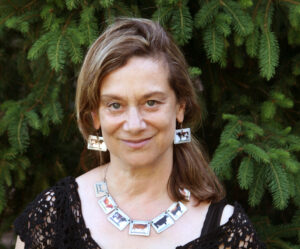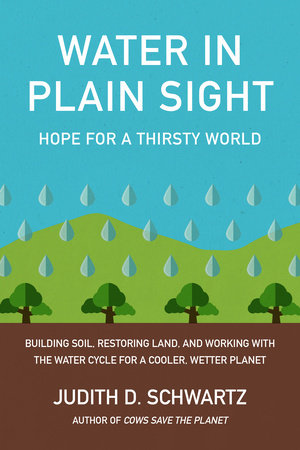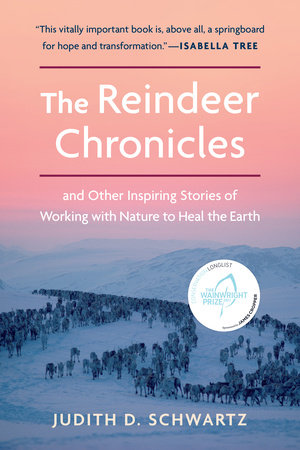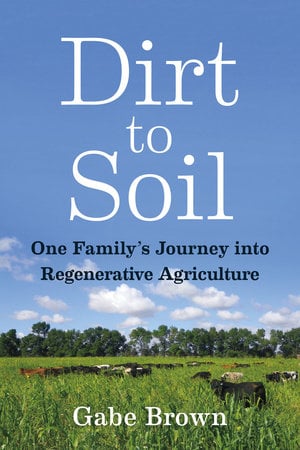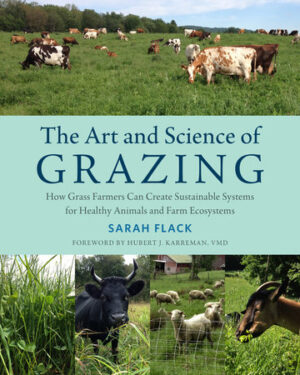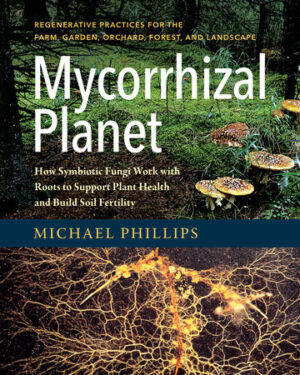Cows Save the Planet
And Other Improbable Ways of Restoring Soil to Heal the Earth
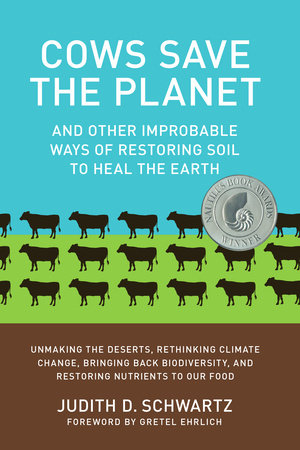
EXCERPTS
| Pages: | 240 pages |
| Size: | 6 x 9 inch |
| Publisher: | Chelsea Green Publishing |
| Pub. Date: | April 22, 2013 |
| ISBN: | 9781603584326 |
Cows Save the Planet
And Other Improbable Ways of Restoring Soil to Heal the Earth
In Cows Save the Planet, journalist Judith D. Schwartz looks at soil as a crucible for our many overlapping environmental, economic, and social crises.
Schwartz reveals that for many of these problems—climate change, desertification, biodiversity loss, droughts, floods, wildfires, rural poverty, malnutrition, and obesity—there are positive, alternative scenarios to the degradation and devastation we face. In each case, our ability to turn these crises into opportunities depends on how we treat the soil.
Drawing on the work of thinkers and doers, renegade scientists and institutional whistleblowers from around the world, Schwartz challenges much of the conventional thinking about global warming and other problems. For example, land can suffer from undergrazing as well as overgrazing, since certain landscapes, such as grasslands, require the disturbance from livestock to thrive. Regarding climate, when we focus on carbon dioxide, we neglect the central role of water in soil—”green water”—in temperature regulation. And much of the carbon dioxide that burdens the atmosphere is not the result of fuel emissions, but from agriculture; returning carbon to the soil not only reduces carbon dioxide levels but also enhances soil fertility.
Cows Save the Planet is at once a primer on soil’s pivotal role in our ecology and economy, a call to action, and an antidote to the despair that environmental news so often leaves us with.
“Judith Schwartz takes a fascinating look at the world right beneath our feet. Cows Save the Planet is a surprising, informative, and ultimately hopeful book.”—Elizabeth Kolbert, Pulitzer Prize-winning author of The Sixth Extinction
Reviews & Praise
"Here's a secret climate-change activists and energy-efficiency and renewable-energy promoters neglect: Nature is designed to be self-healing, and her most profound 'tool' is photosynthesis. 'Free' sunlight is the best energy source to extract carbon dioxide from the atmosphere, while also producing organic matter and oxygen—and a by-product is healthier soil, forests, wetlands, and ecosystems. When politicians, policy leaders, and activists get serious about cost-effective solutions to climate change, then a top priority will be ecological restoration to harvest and store carbon naturally, and Judith Schwartz's new book will provide a destination and map."—Will Raap, founder, Gardener's Supply and Intervale Center
"Lucid, enlightening, and often surprising. It is also an enjoyable, compelling read that will appeal to a wide audience, offering hopeful and creative solutions to some of the most daunting questions of our day."—ForeWord Reviews
"Inviting readers to roll up their pant legs and wade with her into the dirt, veteran journalist [Judith] Schwartz reveals a wealth of detail about soil's beneficial properties and presents a compelling case that proper soil management can end escalating worldwide desertification and slow, or even arrest, global warming. . . A well-written and persuasive manifesto for healing earth's environmental woes with one of its most underappreciated resources.”—Booklist
“Judith Schwartz’s book gives us not just hope but also a sense that we humans—serial destroyers that we are—can actually turn the climate crisis around. This amazing book, wide-reaching in its research, offers nothing less than solutions for healing the planet.”—Gretel Ehrlich, from the foreword
“Judith Schwartz takes a fascinating look at the world right beneath our feet. Cows Save the Planet is a surprising, informative, and ultimately hopeful book.”—Elizabeth Kolbert, author of Field Notes from a Catastrophe: Man, Nature, and Climate Change
“In Cows Save the Planet, Judith Schwartz takes us on a fascinating, John McPhee-style journey into the world of soil rehabilitation. The eclectic group of farmers, ranchers, researchers, and environmentalists she visits have one thing in common: they all believe in the importance of organic matter in the soil for solving our most pressing environmental issues. Some of the innovative techniques they use to increase the vitality of their soil include no-tillage, using deep-rooted perennial grasses, cover crops, mulching, and, surprisingly, grazing large herds of animals according to a program called 'holistic management.' Imagine, a book about soil that’s a real page turner!”—Larry Korn, editor of The One-Straw Revolution and Sowing Seeds in the Desert, by Masanobu Fukuoka
“Judith Schwartz reminds us that sustainable range management is as much about the microbes in the soil and their feedback loops with cattle as it is about the cattle themselves. When I finally go home on the range to be composted, I want to be part of the miraculous cycle of rangeland renewal that is managed in the way that Schwartz describes so well.”—Gary Nabhan, author of Desert Terroir, Kellogg Endowed Chair in Sustainable Food Systems, University of Arizona


